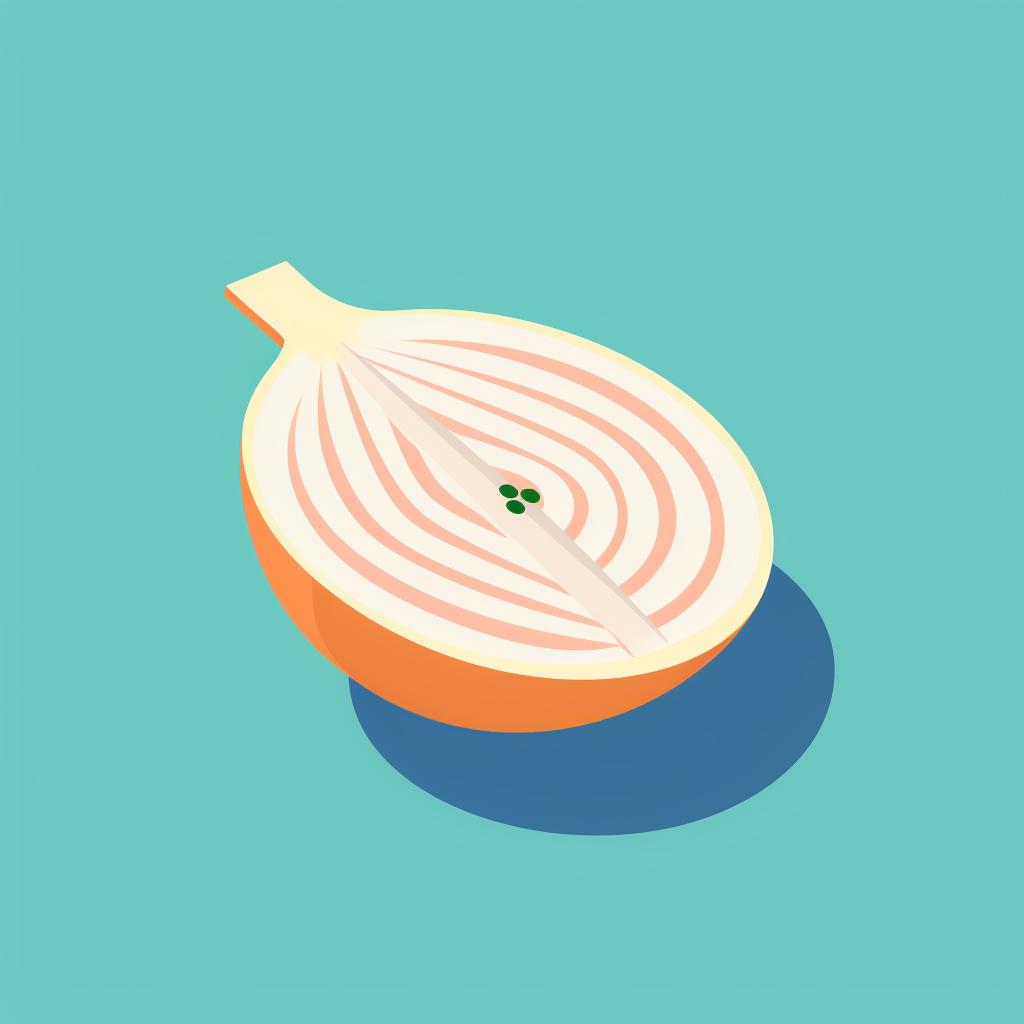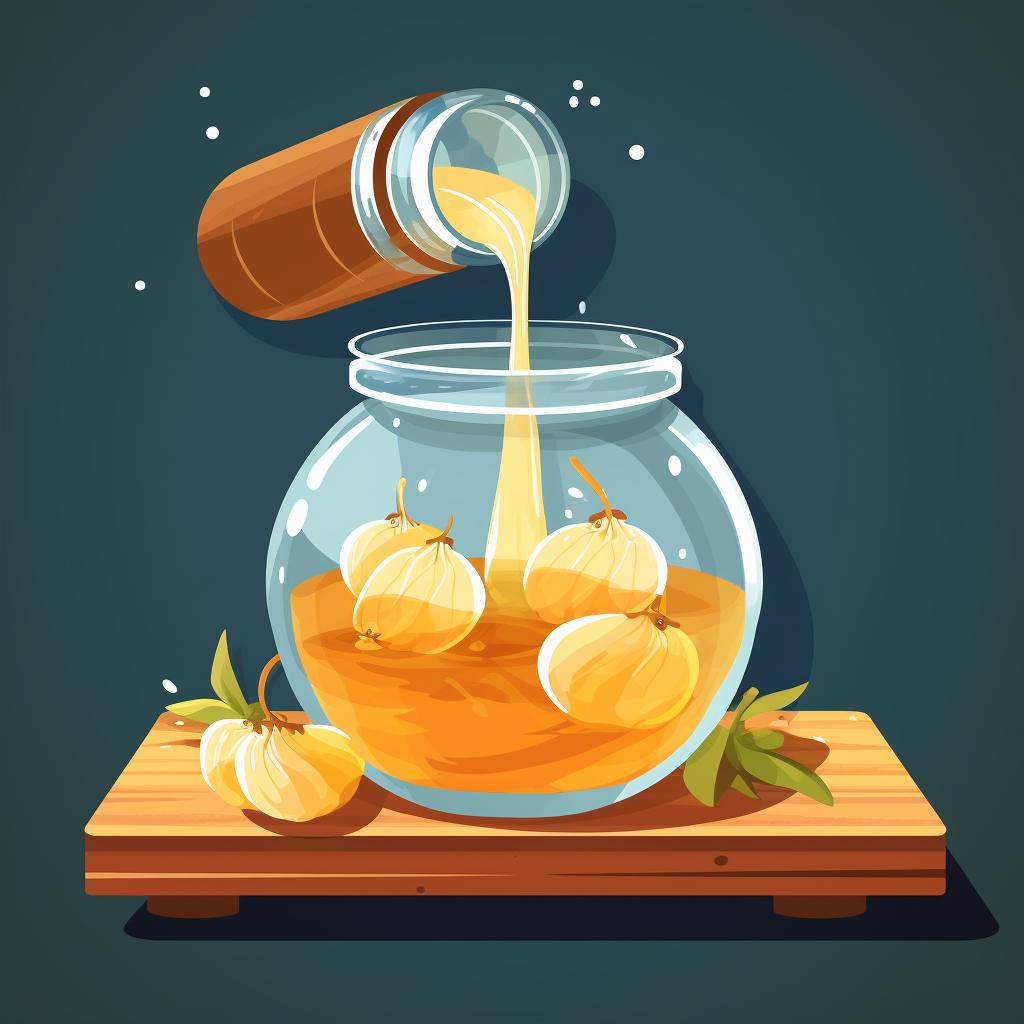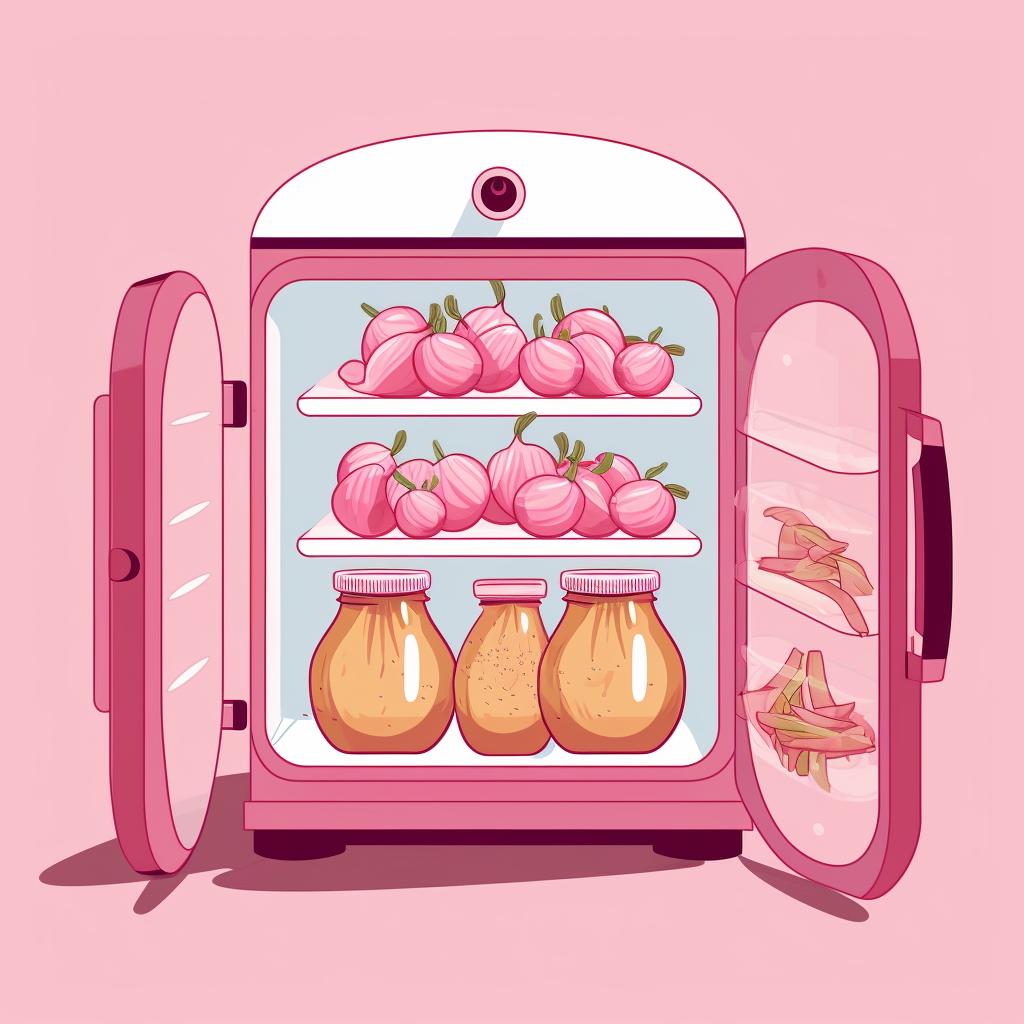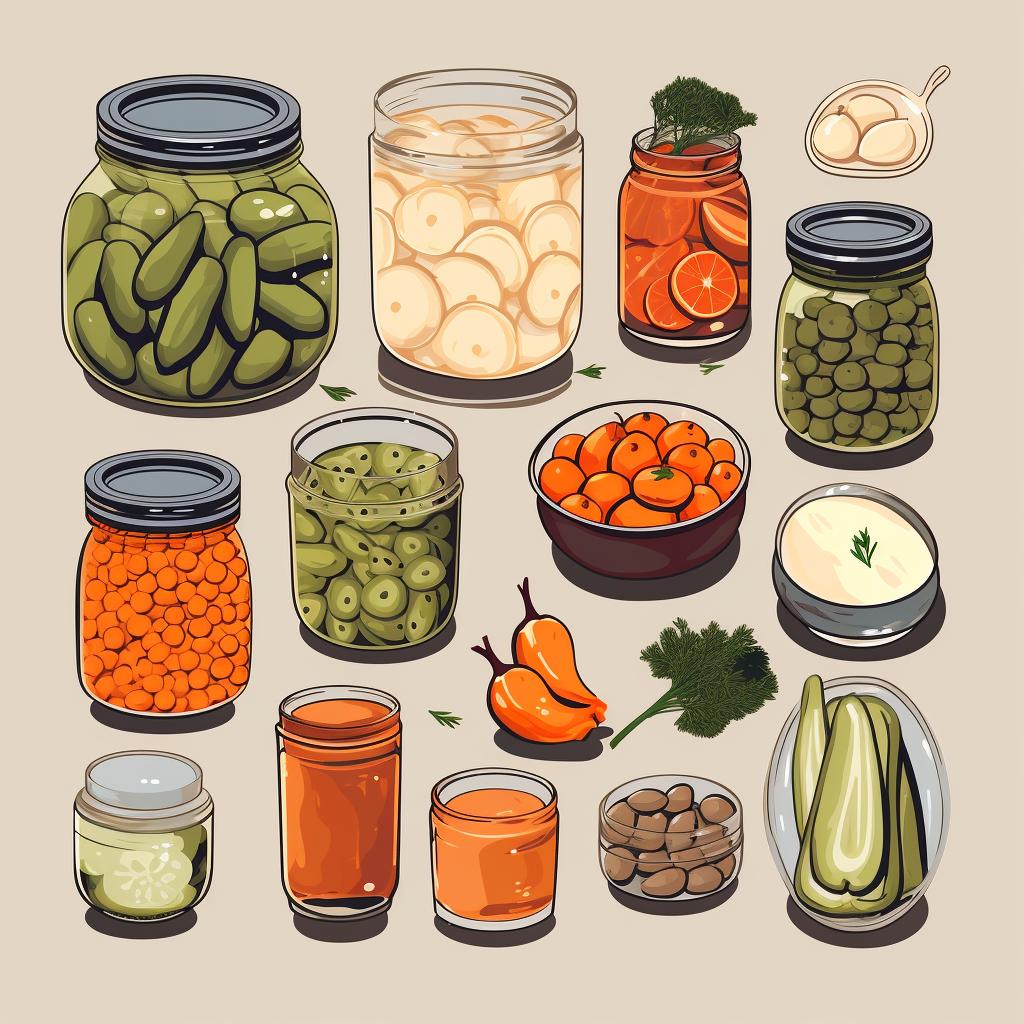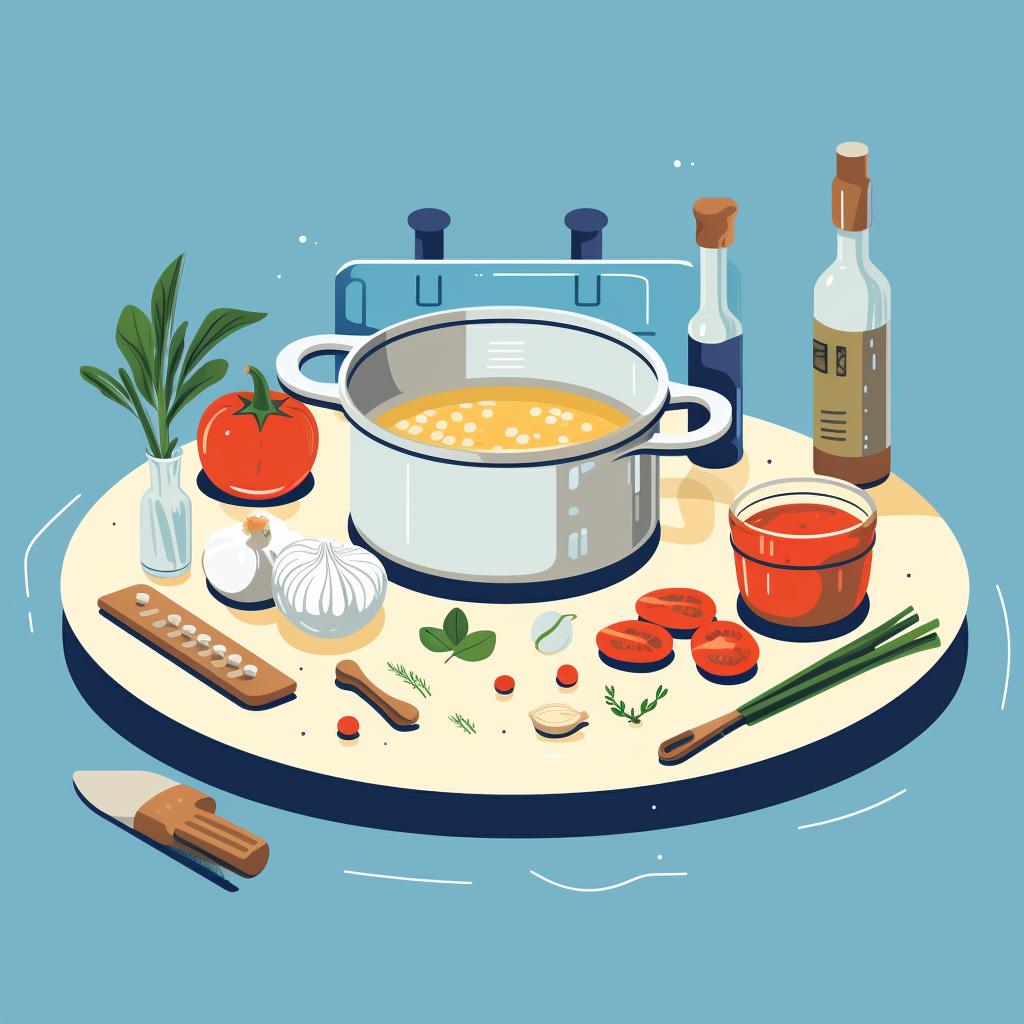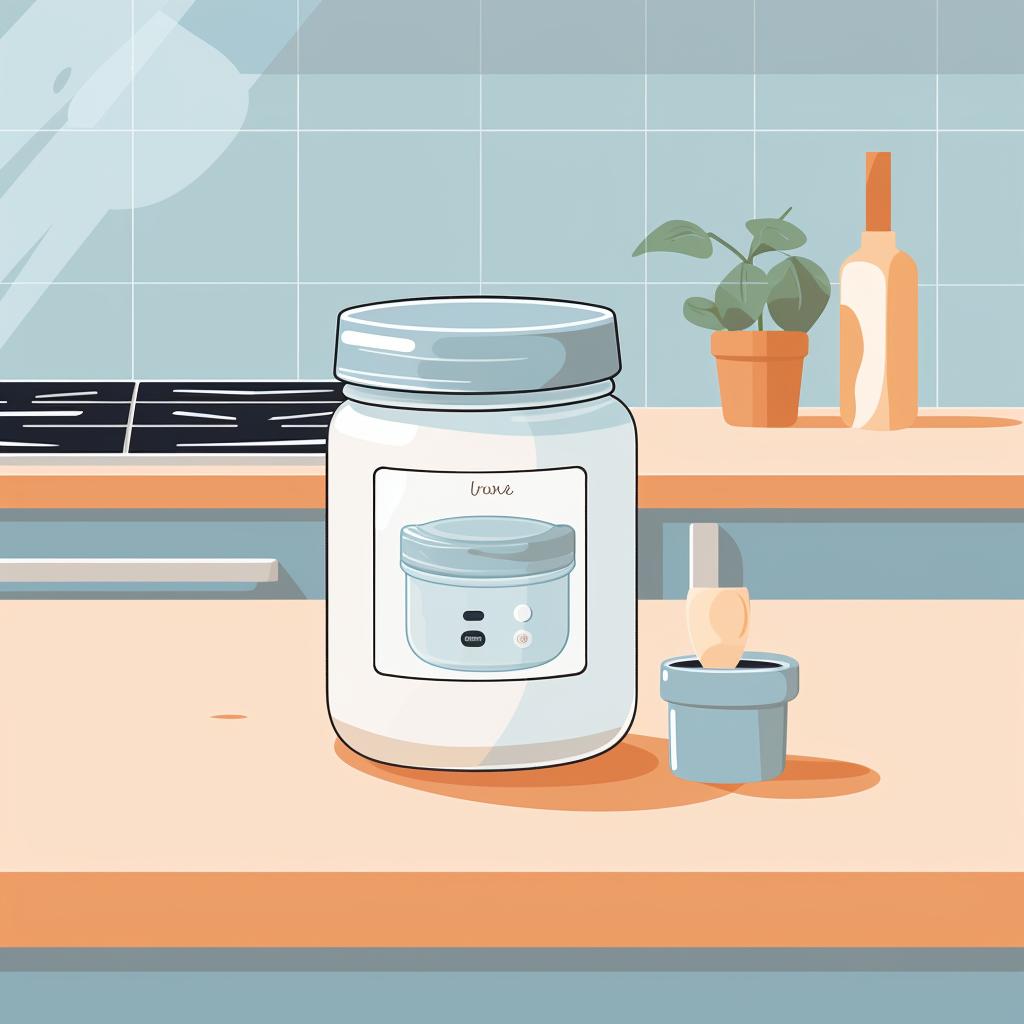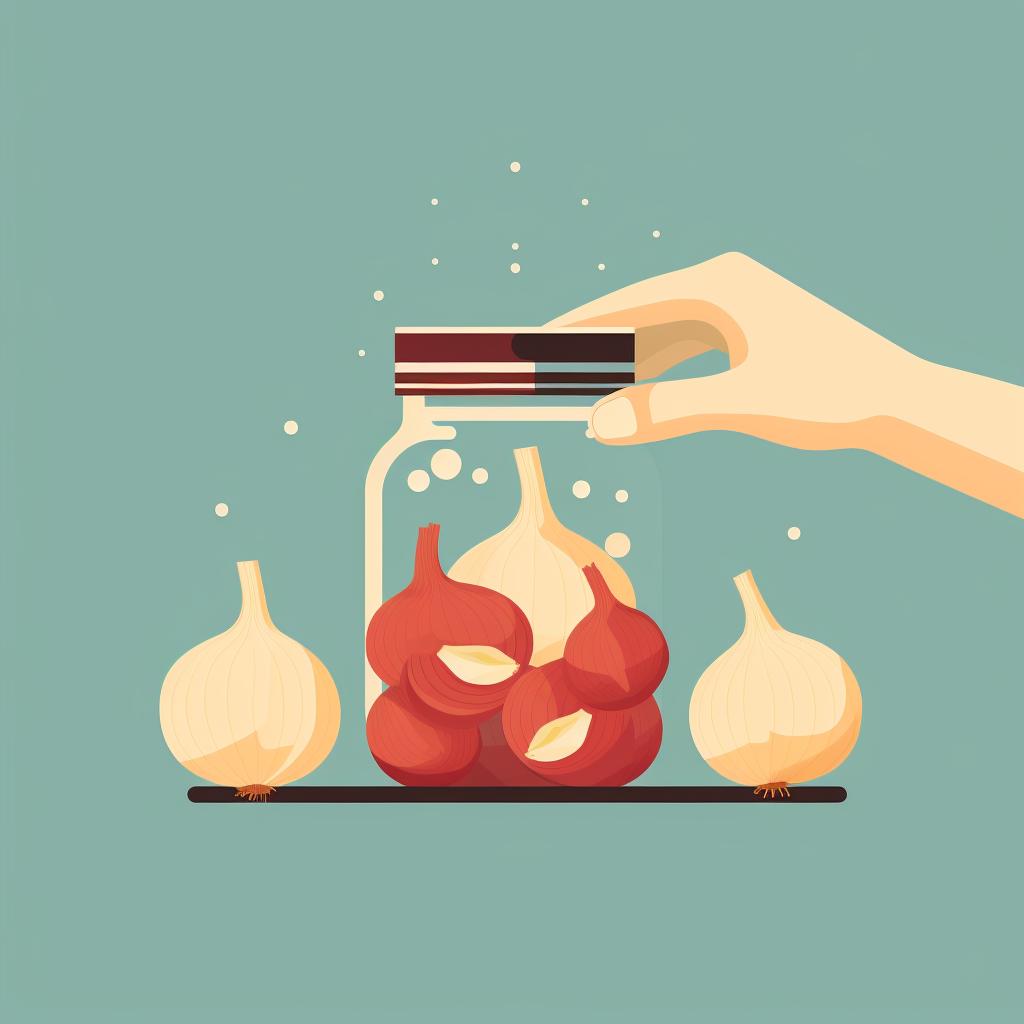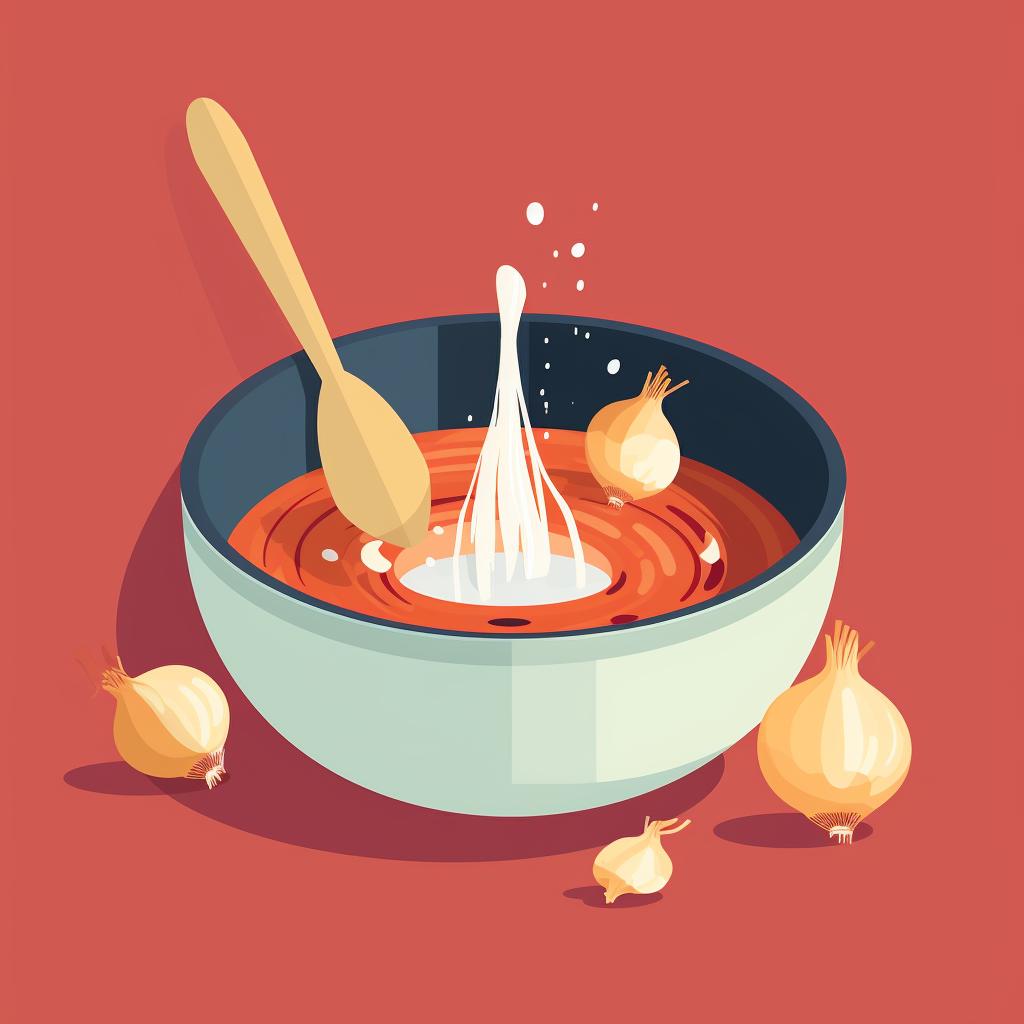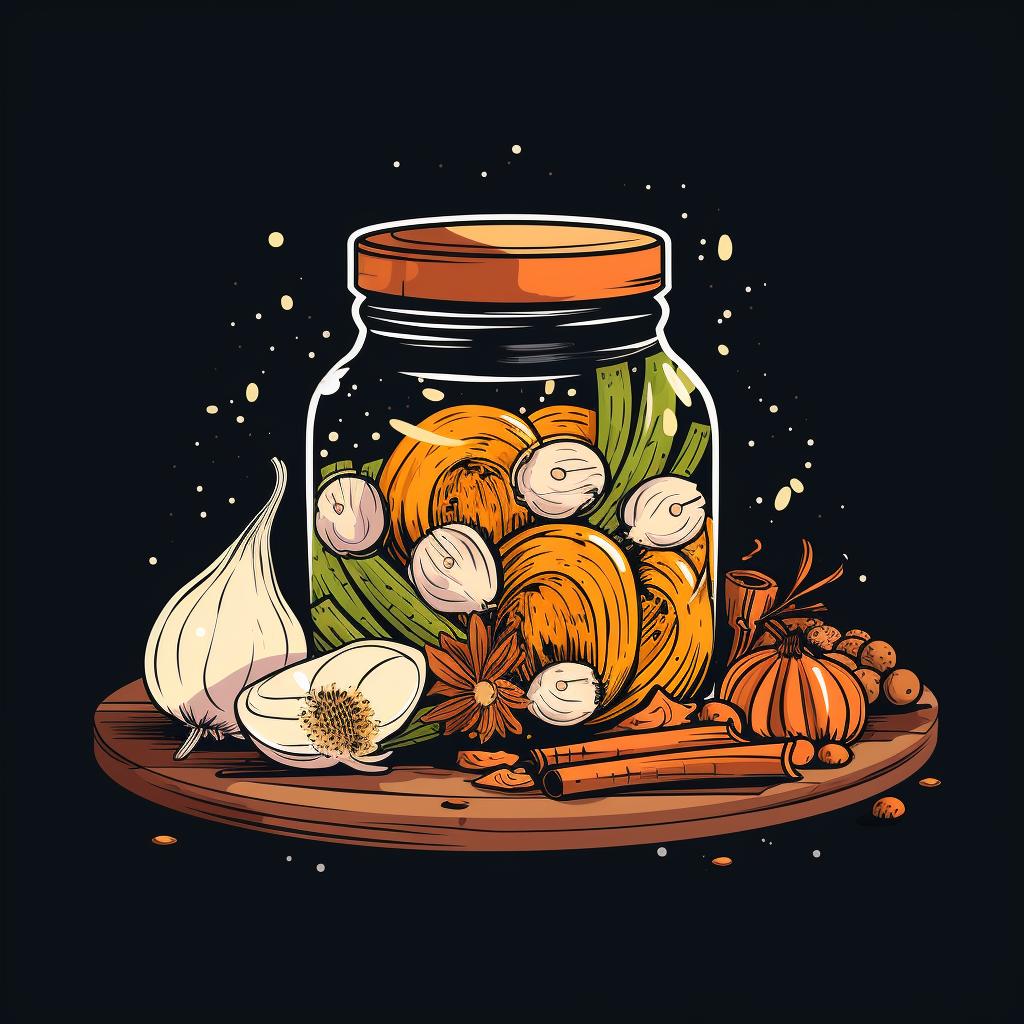George Harrison is a farmer who has been canning his produce for years. He writes about the best practices for canning different types of vegetables and fruits.
If you're looking for a simple and delicious pickled onions recipe, you're in the right place. Here, I'll guide you through the process of how to pickle onions at home. This DIY pickled onions recipe is perfect for beginners and experienced canners alike.
Gather Your Goods: What You'll Need for DIY Pickled Onions
For this homemade pickled onions recipe, you'll need the following:
- 1 large red onion (you can also use white or yellow onions)
- 1 cup apple cider vinegar
- 1 cup water
- 2 tablespoons sugar
- 1 tablespoon salt
- Optional: 1-2 cloves of garlic, peppercorns, or other spices for added flavor
Your Roadmap to Success: How to Pickle Onions at Home
Now that we've gathered our ingredients, let's dive right into the process of pickling onions. Follow these steps carefully to ensure your pickled onions turn out perfectly tangy and delicious.
Learn more about 🌰 The Art of Pickling Onions: A Step-by-Step Guide 🌰 or discover other Just Canning guides.
And there you have it! Your homemade pickled onions are now ready to enjoy. Remember, the longer they sit in the fridge, the more flavorful they'll become. Now, let's address some frequently asked questions about pickling onions.
Start by peeling your onion and slicing it into thin rings or half-moons. The thinner the slices, the quicker they'll pickle.
Once you've prepared your onions, it's time to create the pickling brine.
Learn more about 🥒 Creating the Perfect Pickling Brine 🥒 or discover other Just Canning guides.
Now that your pickling brine is ready, you can move on to the next step of the pickling process.
In a saucepan, combine the vinegar, water, sugar, and salt. Bring this mixture to a simmer and stir until the sugar and salt dissolve completely.
Now that your pickling brine is ready, it's time to add the onions.
Learn more about 📝 Step-by-Step Guide: Adding Onions to the Pickling Brine or discover other Just Canning guides.
With the onions now in the brine, the pickling process begins. The next steps will involve cooling and storing your jar to allow the onions to pickle.
Place the sliced onions in a clean, heatproof jar. Pour the hot brine over the onions, ensuring they're fully submerged. If you're using any additional spices, add them now.
Now that you've added the onions and brine into the jar, let's move to the next step.
Learn more about 🥒 The Pickling Process: Step-by-Step Guide or discover other Just Canning guides.
Once the jar has cooled down to room temperature, it's time to seal it and refrigerate. Your pickled onions will be ready to eat after a few hours in the fridge.
Let the jar cool to room temperature. Then, seal it and refrigerate. Your pickled onions will be ready to eat after about 24 hours, but they'll become even more flavorful if you can wait a few days.
This pickle red onions recipe is simple, but it opens the door to a world of possibilities. Feel free to experiment with different types of vinegar, spices, and even fruits for a unique flavor profile. For more delicious pickling recipes, check out this article on our site.
Got Questions? I've Got Answers: FAQs on Homemade Pickled Onions
Now that we've walked through the process of pickling onions, let's address some common questions you might have about this process.
With these FAQs, you should feel confident to start pickling your own onions. Remember, the key to great pickled onions is the quality of your ingredients and the patience to let them pickle properly.
Yes, both pickles (pickled cucumbers) and onions are considered vegetables in the context of pickling. Both are excellent for preserving and adding flavor.
Now that we've covered the basics of pickling onions, let's address some common questions you might have about the process.
We hope these answers help you feel more confident about pickling onions. Remember, the key to great pickles is patience and practice. Happy pickling!
Blanching onions before pickling isn't necessary. It's a matter of preference. Some people blanch onions to soften them and reduce their pungency, but it's not required for this recipe.
Before we dive into the FAQs, let's clarify one thing:
And that's it! Now you're ready to start pickling your own onions at home. Enjoy!


